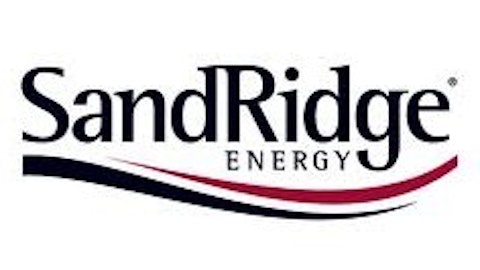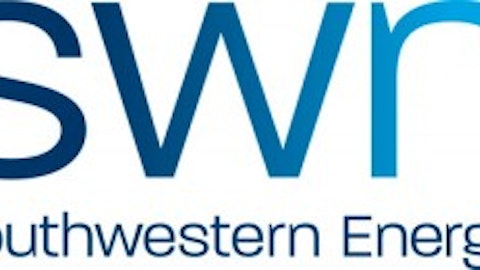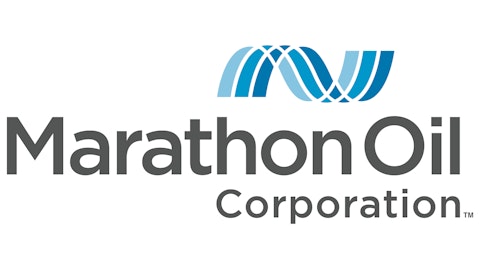Changes to the reserves
The final number to drill down into notes the changes in the reserves; the company includes its Eagle Ford acres in its annual report. This will give you an idea of how good the company is at organically replacing its reserves. Take a look at the following chart from its annual report:

Source: Magnum Hunter Resources
Note that the company began the year with 44.9 million Boe of proved reserves and ended the year with 73.1 million Boe. There were two major drivers of increases in reserves last year, purchase of reserves in place and revisions of previous estimates. The company added 16.8 million Boe to its reserves because it was able to revise its reserves upward. This could have been due to how wells were performing, new data, or changes in technology.
Unlike a lot of its peers, Magnum Hunter didn’t take a very large impairment charge for its proved reserves last year; it only booked a $4.1 million dollar charge, though it did take a much larger charge of $70.6 million for unproved properties. Last year, low natural gas prices really hurt the 50 top oil and gas companies as the group took $26.4 billion in impairment charges. This took a bite out of the reported profits at a number of companies, including Southwest Energy, which got crushed last year as it was forced to take a $2.97 billion charge on its proved oil and gas properties. What this all boils down to is that Magnum Hunter could still economically produce virtually all of its proved reserves despite last year’s low-price environment. The same can’t be said for Southwest, which will have to wait for gas prices to pick up before it can put those reserves back on the books, let alone produce them.
The final important number worth pointing out is that while Magnum Hunter produced 4.8 million Boe last year, it only was able to add 3.5 million Boe through discoveries and extensions. It’s better to see the company discover more oil each year than it produces, but overall its numbers are pretty solid. The other thing to keep in mind is that proved developed reserves went up substantially from 24.2 million Boe to 43.5 million Boe. These are reserves that can be expected to be produced but it will take the application of fluid injection or other improved recovery techniques to make it happen. Enhanced oil recovery methods, such as water flooding or carbon dioxide injection, are some of the most common techniques used to extract these kinds of reserves.
Final Foolish thoughts
Now that the numbers are finally out, Magnum Hunter investors have a much better understanding of how the company did last year. Overall, reserves are up, which is exactly what you’d expect after the company spent just over a billion dollars in acquisitions as well as exploration and development. In the year ahead, investors should expect the company to continue to grow both its reserves and value as its continues to invest to develop its asset base.
The article 3 Important Numbers From Magnum Hunter Resources’ Annual Report originally appeared on Fool.com and is written by Matt DiLallo.
Fool contributor Matt DiLallo has no position in any stocks mentioned. The Motley Fool has no position in any of the stocks mentioned.
Copyright © 1995 – 2013 The Motley Fool, LLC. All rights reserved. The Motley Fool has a disclosure policy.



